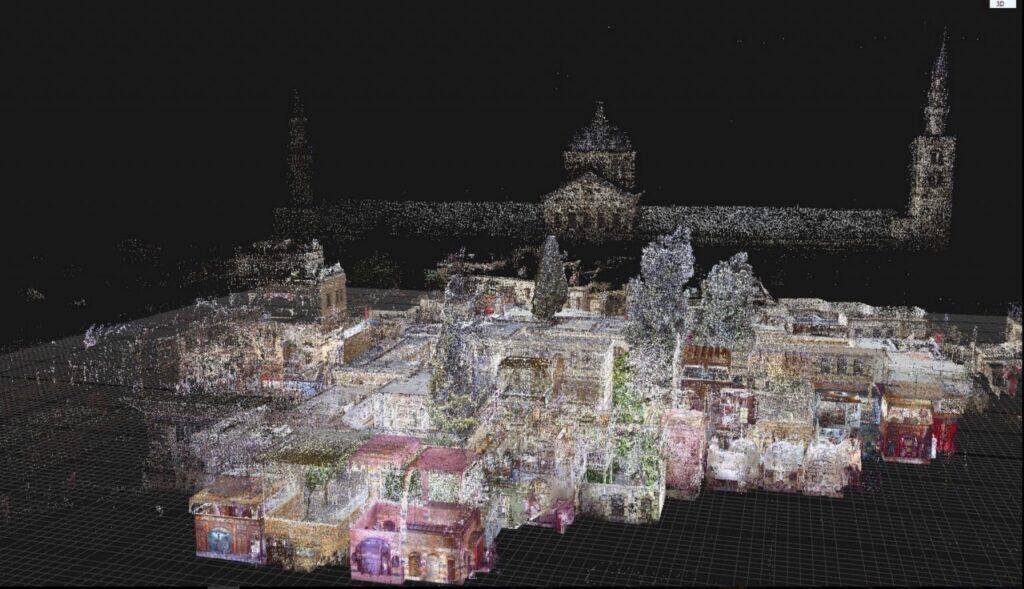The Imperative of Preservation
Historic sites are the tangible threads connecting us to our past. They bear witness to significant events, architectural marvels, and cultural heritage. Preserving these sites is not merely a matter of nostalgia; it’s an essential duty for the well-being of future generations. However, time and external factors take their toll, necessitating restoration to ensure these treasures endure.
Challenges in Historic Preservation and Restoration
- Deterioration: Centuries-old structures face natural decay, weathering, and wear. Crumbling facades, eroded sculptures, and fading murals demand attention.
- Funding Constraints: Restoration projects require substantial financial resources. Securing labor, materials, and expertise funding can be daunting.
- Authenticity: Maintaining historical accuracy while adapting to contemporary needs requires a delicate balance between preservation and modernization.
Digital Technologies: Allies in Preservation
- 3D Scanning and Modeling:
- Challenge: Capturing intricate details of historical artifacts and buildings.
- Solution: High-resolution 3D scans create digital replicas, aiding restoration efforts.
- Example: The Dunhuang Mogao Caves in China, where 3D models help preserve ancient Buddhist murals.
- Virtual Reality (VR) and Augmented Reality (AR):
- Challenge: Engaging visitors with historical contexts.
- Solution: VR and AR experiences transport users to bygone eras, enhancing understanding and empathy.
- Example: Jinsha Site Museum in China offers immersive VR tours of ancient civilizations.
- Machine Learning and Deep Learning:
- Challenge: Deciphering faded inscriptions and texts.
- Solution: AI algorithms enhance readability, aiding historians and conservators.
- Example: Liangzhu Site inscriptions in China, where AI helps reveal hidden meanings.
- Digital Documentation and Archiving:
- Challenge: Safeguarding historical records.
- Solution: Digitizing manuscripts, maps, and photographs ensures their longevity.
- Example: Hemudu Site archives in China, preserving ancient artifacts through digital repositories.
Preserving the Past: Success Stories
- Pompeii Reconstructed with Robots:
- Challenge: Rebuilding Pompeii’s ancient city from fragmented ruins.
- Solution: The RePAIR project uses robotics, 3D scanning, and AI to reconstruct lost structures.
- Result: Visitors can now explore a more complete Pompeii, bridging the gap between past and present.
- Madonna of Pietranico Restoration:
- Challenge: Restoring a damaged terracotta statue after the 2009 Italian earthquake.
- Solution: 3D digital technologies guide the actual restoration process.
- Outcome: The Madonna regained her original form, thanks to digital precision.
A Digital Legacy
Digital technologies are not just tools; they can be guardians of our shared heritage. Combining innovation with reverence ensures that historic sites remain vibrant, accessible, and relevant.
Ctto: Feature image used https://3dprintingindustry.com/news/saving-cultural-landmarks-3d-scanning-google-cyark-132505/










